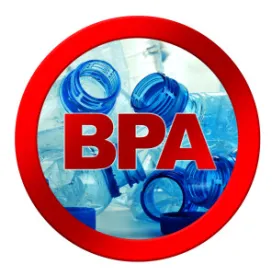The strongest state chemicals bill in the country was signed into Washington state law this week. The law empowers the state Department of Ecology (DoE) to restrict the use of chemicals in virtually any consumer product and its packaging. The department is first directed to focus on chemicals listed in the law – per- and polyfluoroalkyl substances (PFAS); phthalates; certain flame retardants; polychlorinated biphenyls (PCBs); and phenolic compounds – and then to identify other chemicals for potential restriction.
Scope of Products Covered
The law could impact virtually any consumer products – defined as “any item, including any component parts and packaging, sold for residential or commercial use” – that are not covered by an express exemption. Exemptions are available for inaccessible electronic components; motorized vehicles; and certain other federally-regulated products (e.g., food, drugs, and tobacco). The law could also impact the packaging of consumer products whether or not the products themselves are exempt. Before the state may restrict the use of chemicals in any consumer product or packaging, the product or packaging must be identified by DoE as a priority product. DoE must identify a first round of priority products by June 1, 2020. As part of its priority product selection process, DoE may require consumer product manufacturers to disclose product or packaging composition information to the state.
Scope of Chemicals Subject to Restriction
Only chemicals designated as priority chemicals may be subject to restrictions. The law itself designates an initial list of priority chemicals: PFAS; phthalates; certain flame retardants; PCBs; and phenolic compounds. DoE is required to designate at least five additional priority chemicals by June 1, 2024, and every five years thereafter. In selecting priority chemicals, the agency must consider potential hazards posed by a chemical, as well as its current uses in consumer products.
Restrictions and Reporting Requirements
By June 1, 2022, and every five years thereafter, DoE must consider regulatory actions to reduce the use of priority chemicals in priority products and packaging. These regulatory actions may include restricting or prohibiting certain uses of priority chemicals, or requiring that manufacturers disclose certain uses of priority chemicals to DoE. In deciding whether to restrict priority chemicals, DoE must consider existing uses of a chemical, potential exposures (including exposures to the environment, sensitive species, and subpopulations), and the availability of safer alternatives.
PFAS
The designation of the entire class of PFAS compounds, which includes thousands of substances with widely varying chemical profiles, as priority chemicals will have far-reaching implications for consumer products sold in Washington. Washington already banned intentionally added PFAS in Class B firefighting foams effective July 1, 2020, and requires notification of the presence of PFAS in firefighter protective gear. The scope of impact will depend on whether the state DoE limits the use of specific PFAS compounds, or focuses on specific consumer products, or both. The range of industries potentially affected is vast, including manufacturers of textiles, paper, and packaging (including food packaging), coatings, rubber, and plastics.






 />i
/>i

